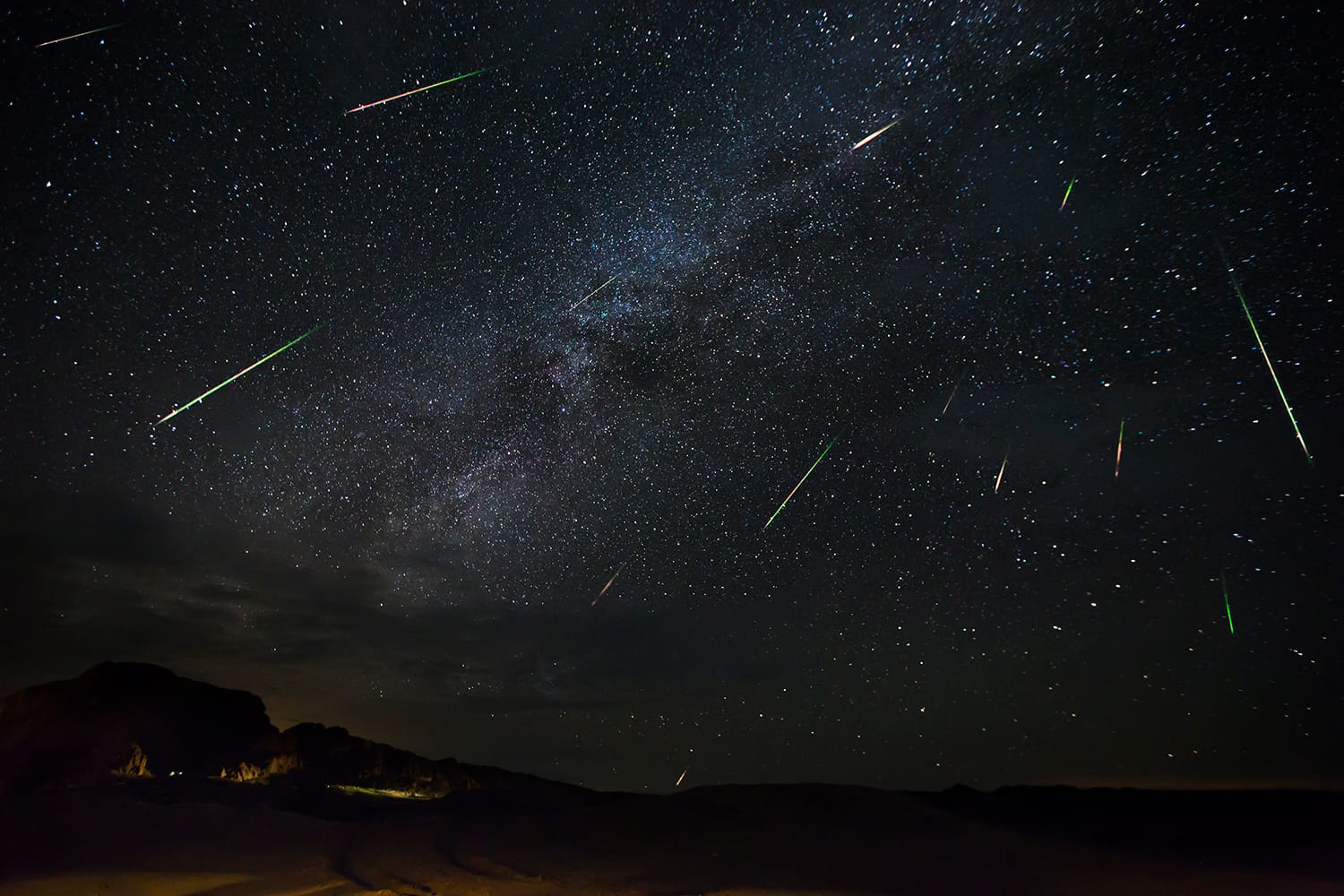The Quadrantid meteor shower is one of the most impressive celestial events to occur annually, captivating stargazers with its stunning display of shooting stars. This meteor shower is known for its high meteor count and bright fireballs, making it a favorite among both amateur and seasoned astronomers. The Quadrantids typically peak in early January, offering a unique opportunity to witness one of the most vibrant meteor showers of the year.
The origins of the Quadrantids can be traced back to the asteroid 2003 EH1, which is believed to be the source of the meteoroids that create this spectacular display. As the Earth passes through the debris left behind by this asteroid, particles enter the atmosphere at high speeds, burning up and producing bright streaks of light in the night sky. The Quadrantids are particularly known for their fireballs, which are larger and brighter than the average meteor.
To maximize the experience of watching the Quadrantids, it is essential to plan ahead. The peak of the meteor shower usually occurs around January 3rd or 4th, although the shower can be active from late December to mid-January. The best time to observe the Quadrantids is typically between midnight and dawn, when the sky is darkest and the meteors are most visible.
Choosing the right location is crucial for optimal viewing. It is advisable to find a dark area away from city lights, where light pollution can significantly hinder visibility. National parks, rural areas, or elevated locations are ideal spots for meteor watching. Additionally, setting up a comfortable viewing area, such as a reclining chair or blanket, can enhance the experience by allowing observers to relax and take in the celestial display.
When preparing for the event, it is important to dress warmly, as January nights can be quite cold in many regions. Bringing along hot beverages and snacks can also make the experience more enjoyable. Observers should allow their eyes to adjust to the darkness for at least 20 minutes, as this will improve their ability to see faint meteors.
While the Quadrantids can produce a high number of meteors, the exact count can vary from year to year. In some years, observers may witness up to 100 meteors per hour, while in others, the count may be significantly lower. Factors such as the Moon’s brightness can also affect visibility. A bright Moon can wash out fainter meteors, so it is advisable to check the lunar phase before planning your observation.
In addition to simply watching for meteors, there are several ways to enhance the experience. Utilizing apps or websites that provide real-time updates on meteor activity can help observers know when to look up. Some stargazing apps even offer augmented reality features, allowing users to identify constellations and other celestial objects in the sky.
Photographing meteors can also be a rewarding endeavor for those interested in astrophotography. To capture meteors on camera, it is best to use a tripod and a camera with manual settings. A wide-angle lens and a long exposure time can help capture the fleeting moments of meteor activity. It is advisable to take test shots to find the optimal settings for the night.
For those who may not have the opportunity to observe the Quadrantids in person, many astronomy organizations and observatories offer live streams of meteor shower events. This can be a great way to experience the shower from the comfort of home, especially for those in areas with poor weather conditions or high light pollution.
In conclusion, the Quadrantid meteor shower is an extraordinary natural phenomenon that offers a captivating experience for observers. By planning ahead, choosing the right location, and preparing appropriately, stargazers can make the most of this celestial event. Whether watching with friends, family, or solo, the sight of meteors streaking across the night sky is sure to leave a lasting impression.


